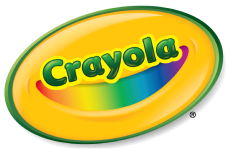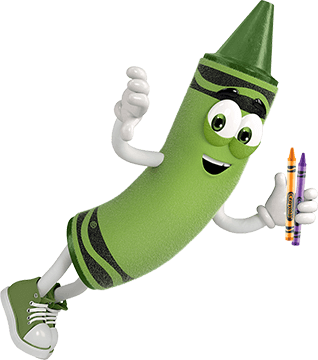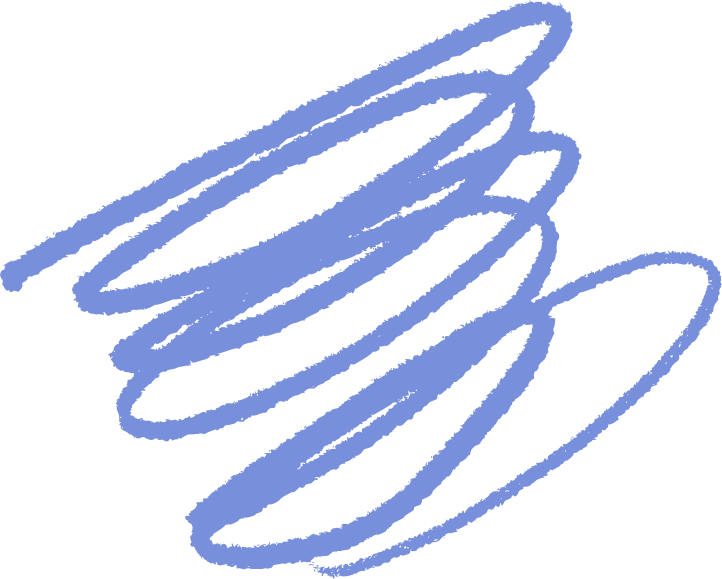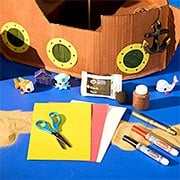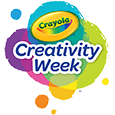El pegamento Crayola Glitter generalmente se seca en 30 minutos cuando se aplica al papel. Sin embargo, el tiempo de secado real puede variar según el grosor de la aplicación, el tipo de superficie en la que se utilice y las condiciones ambientales actuales.
¿Buscas ideas de manualidades?
Descubre proyectos creativos con Crayola Glitter Glue en nuestra página de manualidades de bricolaje.
¿Necesita más ayuda?
¡Estamos aquí para ti! Llámenos o envíenos un mensaje de texto al 1-800-272-9652 de lunes a viernes entre las 9 a. m. y las 4 p. m., hora del este. Es posible que se apliquen cargos por mensajes de texto. Si lo prefieres, visita nuestra página de soporte para enviarnos un correo electrónico.
Si tienes preguntas adicionales, ¡nos encantaría saber de ti! No dudes en llamarnos o enviarnos un mensaje de texto al 1-800-CRAYOLA días laborables entre las 9 AM y las 4 PM hora del Este. Si prefieres enviarnos un correo electrónico, visita nuestra página de contacto.
Preguntas relacionadas
Explora respuestas a preguntas comunes, consejos útiles para eliminar manchas e ideas creativas para aprovechar al máximo nuestros materiales de arte y recursos gratuitos.
-
The possibilities are endless with Crayola® Project™ Quick Dry Paint Sticks! These colorful tools are water-based, soft, solid sticks—perfect for creating on almost any surface.
For a 60-Second Dry Time:
- Use on porous surfaces, such as copy paper, poster board, or construction paper. Non-porous surfaces like canvas board will extend the dry time.
- A little goes a long way! Only use one or two layers of color. Adding more layers will add to your dry time.
- Make sure you use the paint sticks in a low humidity environment.
- Use a fan or blower dryer (no heat) to help them dry quicker.
-
According to Merriam-Webster, the proper pronunciation of crayon is in two syllables: krā-än. However, variations in pronunciation may occur due to individual and regional dialects. It's important to note that "crayon" is a generic term, while Crayola® is our company name and a registered trademark brand.
-
In 1993 we conducted a poll to find out the most popular colors in America. Blue was voted the most popular Crayola Crayon color. Rounding the top ten were red, violet, green, carnation pink, black, turquoise blue, blue green, periwinkle and magenta.
In 2000, we did another Crayola Color Census, and blue again reigns as number one! Six other shades of blue finished in the Top 10 including cerulean, midnight blue, aquamarine, periwinkle, denim and blizzard blue. The other colors rounding out the list included purple heart, caribbean green and cerise.In 2025, Crayola announced the results of its first Global Color Vote for National Color Day on October 22, revealing that we share a common connection to certain hues. Earlier in 2025, consumers from 183 countries (94% of the countries worldwide) cast their votes, and the top three favorite Crayola colors are Cerulean (blue), Robin’s Egg Blue and Wisteria.
-
Crayola® Crayons are made using primarily paraffin wax and color pigment. While the basic ingredients remain consistent across all colors, variations may occur in special effects crayons.
Our crayons are crafted through a process that involves melting paraffin wax and blending it with color pigments. This mixture is then poured into molding machines where it solidifies in four to seven minutes. For a behind-the-scenes look at the Crayola crayon manufacturing process, watch the video "You've Got Crayola Crayons" on YouTube.
-
Crayola® did not invent the crayon. The "modern" crayon originated in Europe, initially made from a mixture of charcoal and oil, later replaced by powdered pigments. Wax was later substituted for oil, making the sticks sturdier and easier to handle.
In 1902, Crayola Crayons were invented by Binney & Smith and first offered for sale in 1903. The trade name "Crayola" was coined by Mrs. Edwin Binney, combining "craie" (French for chalk stick) and "oleaginous" (oily).
Crayola manufactures over 3 billion crayons each year, primarily made from paraffin wax and color pigment. Learn more about Crayola's colorful history at Crayola.com.
